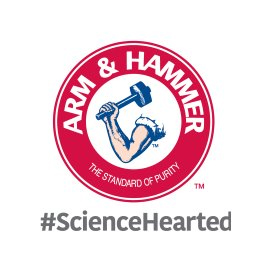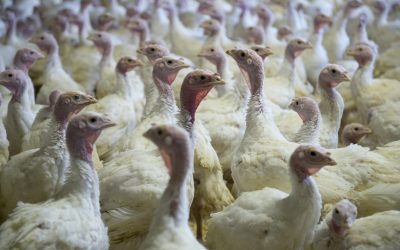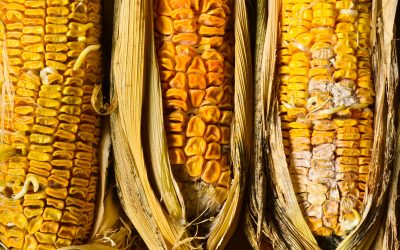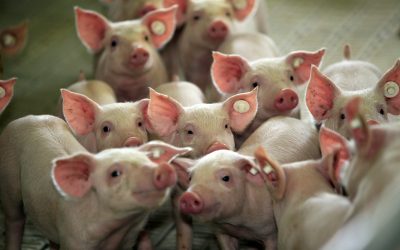RFCs reduce salmonella in poultry production
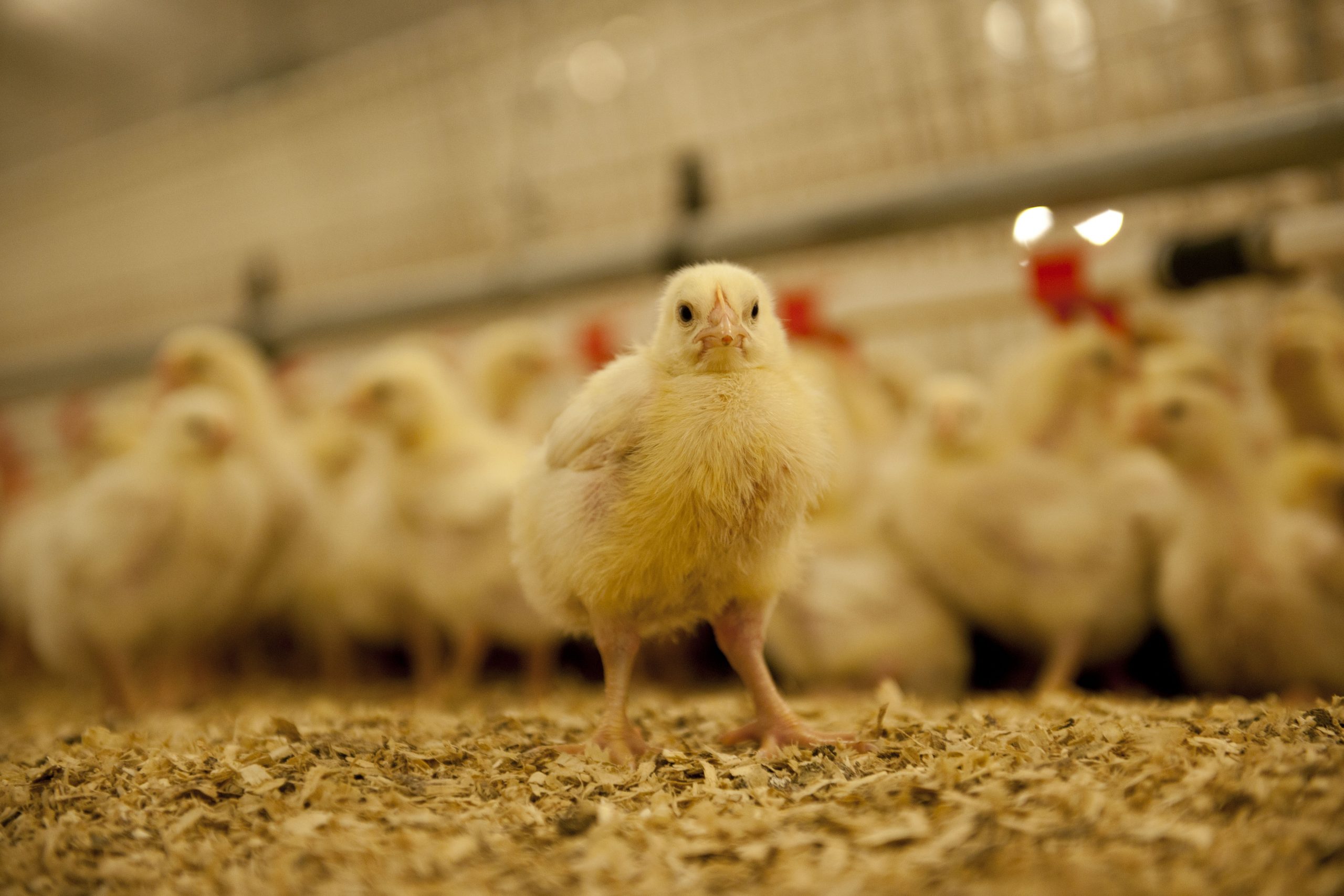
While Salmonella is not directly lethal to birds, occurrence is an important consideration for the industry since this pathogen, and resulting salmonellosis, is a public health matter. A concern for more than a century, salmonellosis continues to be a major foodborne pathogen that affects people.
Recent independent studies evaluated the effect of Refined Functional Carbohydrates (RFCs) found in Celmanax SCP in broiler breeder, broiler and layer pullet diets on Salmonella prevalence. The results indicate that RFCs may offer opportunities to help manage Salmonella levels in the food production chain.
In one study, broiler progeny from hens fed the control diet and receiving control broiler diets had 12.5% prevalence of Salmonella in the ceca. Broilers from RFC-fed hens and receiving 0 or 50 g/MT of Celmanax SCP in the broiler diets had zero prevalence of Salmonella when samples were taken at day 34 (Table 1).
Salmonella monitored
In another study, breeder hens and their broiler progeny were fed +/- RFCs in pre-lay, layer and broiler diets and Salmonella was monitored. Salmonella was detected in litter of breeder hens regardless of treatment with no significant difference within treatments. However, a strong treatment effect was observed for litter Salmonella prevalence in the broiler progeny from these breeder hens.
This research showed that supplementation of RFCs in the broiler diets reduced the prevalence of Salmonella in the litter (Figure 1). Salmonella prevalence was 14.58% compared to 0% in the RFC-supplemented broilers (P=0.01).
In the same study, Salmonella was isolated in the caeca of broilers fed control diets, and its prevalence was not affected by the breeder treatments. In contrast, Salmonella was not isolated in the caeca of broilers fed RFC diets regardless of the breeder treatments. Data show that breeder performance was not affected by treatments. RFC-fed female broilers had a tendency for improved body weight and feed-conversion ratio.
Further reductions
Additional research recently determined that the RFCs can reduce the load of Salmonella in challenged layer pullets by more than one log (P=0.056). The results were shared at the 2017 Poultry Science Association annual meeting in Orlando, Florida. The trial set out to determine if feeding RFCs to commercial layer pullets either from day one to 17 weeks or from 10 weeks to 17 weeks would affect Salmonella enteritidis colonisation of both the digestive tract (caecum) and ovaries.
The following treatments were tested:
- Treatment 1: No additive, challenge
- Treatment 2: RFC, 100g/MT supplemented from day 1 to study termination, challenge
- Treatment 3: RFC, 100g/MT supplemented from week 10 to study termination, challenge
- Treatment 4: No additive, no challenge
All birds were fed a non-medicated commercial layer diet in mash form. At 16 weeks of age, the birds in treatments 1, 2 and 3 were challenged with Salmonella enteritidis (1.8 x 109 CFU/ml). 1 week (7 days) post-challenge, all birds were tested for the presence of Salmonella enteritidis. Salmonella was isolated and enumerated. Data were statistically analysed, and P<0.05 was considered significant.>
Salmonella reduced
Due to a high degree of challenge, Salmonella was identified in all the caeca and ovary samples from all three of the challenged treatment groups. However, RFC supplementation from day one of age trended to reduce the number of hens with high (over 1 million CFU/g) caecal Salmonella enteritidis compared to untreated or RFC supplementation from 10 weeks of age (P=0.06), as shown in Table 2.
In addition, both RFC supplementation treatments reduced Salmonella enteritidis by more than 1 log compared to untreated control (P=0.056).
RFCs are effective
From these results, several conclusions can be drawn. Notably that RFC supplementation in breeder diets decreased prevalence of Salmonella in the caeca of breeder hens, but did not eliminate Salmonella from the litter. RFC supplementation in the broiler diets reduced Salmonella prevalence in the litter and in the caeca compared to control-fed broilers. In addition, RFC supplementation can reduce the load of Salmonella in challenged layer pullets by more than 1 log.
Finally, these data again show that RFC supplementation in the broiler breeder, broiler and layer pullet diets significantly reduced prevalence and load of Salmonella in the litter and caeca. The results demonstrate its benefit in a comprehensive poultry production Salmonella mitigation strategy.

Author: Dr Theresia Lavergne, technical services manager – Monogastric, Arm & Hammer Animal Nutrition
To learn more visit www.AHanimalnutrition.com


